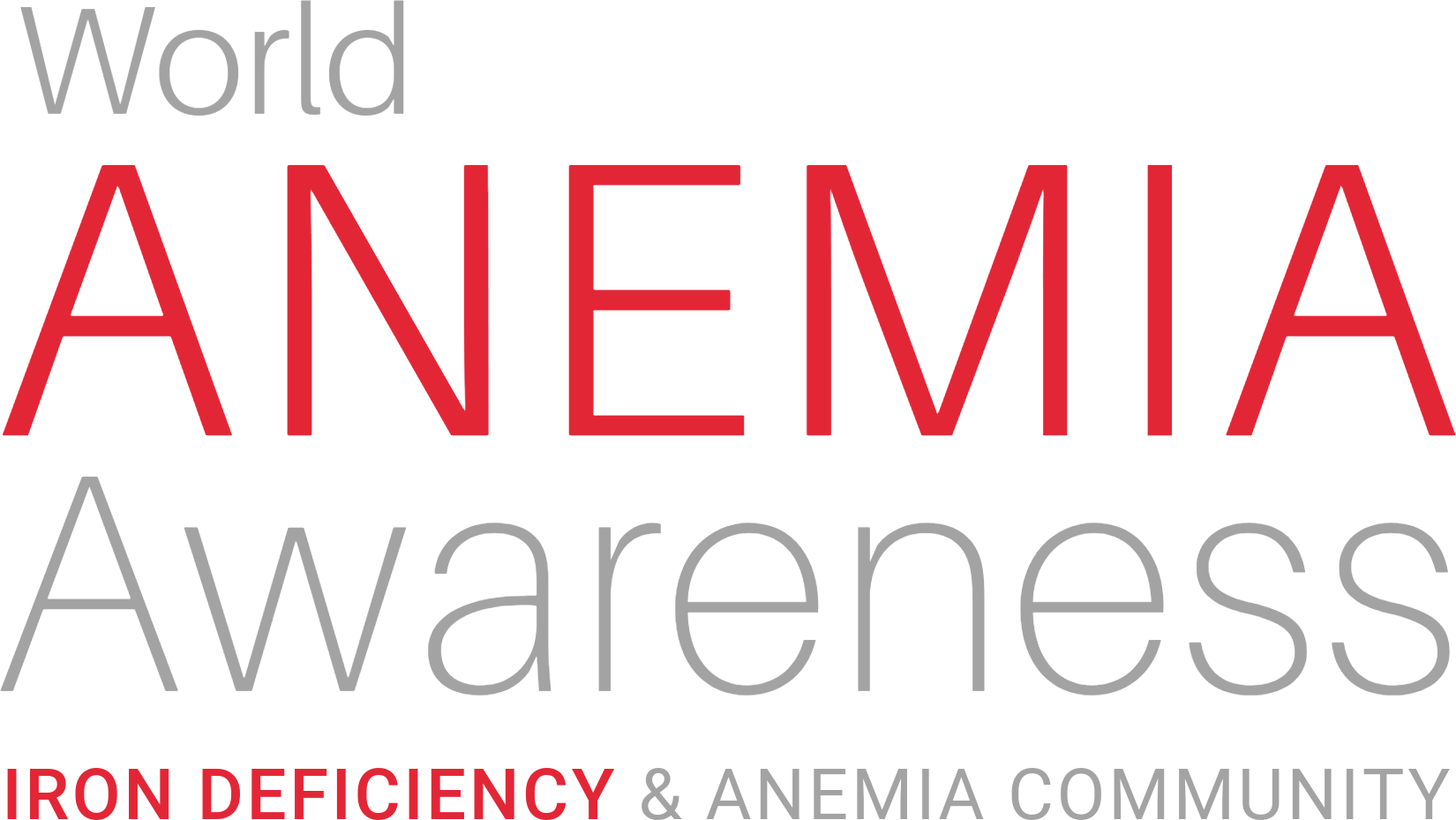Growing Up With Pain: A Sickle Cell Anemia Story
What if your body turned against you, causing pain so intense it felt unbearable? For millions living with sickle cell anemia, this isn’t just a question—it’s reality. In fact, this story reveals how myths overshadowed one young girl’s battle and how people misunderstood and ignored her pain until she found hope through knowledge and proper medical care.
At just four years old, Aisha’s mother rushed her to the hospital after she collapsed from unbearable pain. There, doctors explained that Aisha’s red blood cells had a sickle shape, blocking her blood flow and causing excruciating pain.
Aisha began life battling a genetic condition, yet no one around her fully understood what it meant. In her small village, people whispered theories—some called it a curse, others dismissed it as just “bad blood.” Unfortunately, few knew that it is a serious medical condition that demands treatment, awareness, and support
Understanding the Medical Reality
While anemia in general refers to a shortage of healthy red blood cells, sickle cell anemia is a genetic blood disorder that affects the shape of red blood cells.
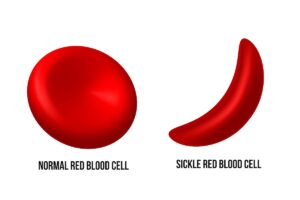
Instead of soft, round, flexible cells that move smoothly through blood vessels, people with sickle cell disease have rigid, crescent-shaped cells that frequently block blood flow. As a result, when they try to pass through blood vessels—especially the tiny capillaries—they often get stuck, clump together, or block blood flow. Consequently, this leads to:
- Severe pain
- Frequent infections
- Increased risk of stroke
- Anemia and fatigue
- Organ damage
Who Faces Sickle Cell Anemia?
Sub-Saharan Africa
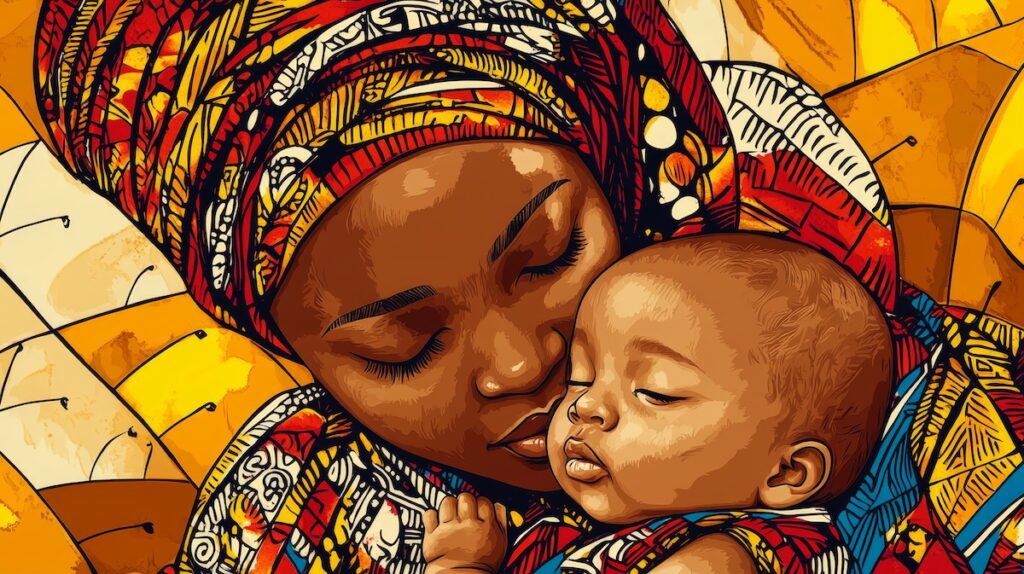
A major public health issue, yet many patients lack access to proper diagnosis or treatment. In Nigeria alone, 150,000 babies are born each year with the disease.
India

India ranks among the top countries globally for sickle cell births due to population size and regional carrier rates. Often unaware they carry the trait, thousands live with this disease.
Middle East & North Africa
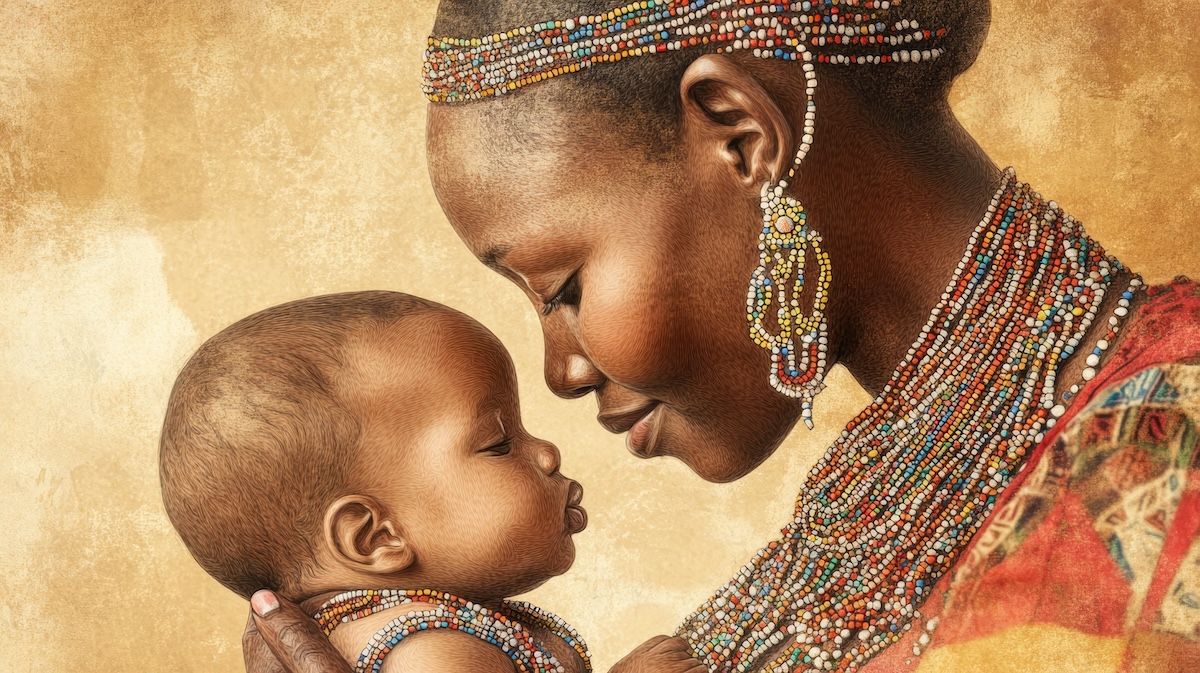
In parts of Sudan, up to 30% of people carry the sickle cell trait, particularly in western regions. In Saudi Arabia’s Eastern Province, trait rates reach over 20%, highlighting how geography and ancestry can shape personal health risks.
Over 300,000 babies are born each year with severe blood disorders like sickle cell anemia. In countries like Nigeria and Ghana, up to 30% of people carry the sickle cell trait.
World Health Organization
WHO released new guidance in 2024 to help healthcare systems, but there is still a lack of awareness.
How Knowledge Transformed Aisha’s Life
For years, Aisha’s pain was a mystery to those around her. In her village, sickle cell anemia was rarely discussed, and the lack of education meant suffering in silence.
Rather than understanding the condition, people believed harmful myths—some said Aisha’s illness was a curse, others thought it was just “weak blood.”
Thankfully, everything changed when a team of community health workers arrived in her village. At that point, they taught families about sickle cell anemia, explaining that it was not a punishment but a medical condition that required treatment.

When Support Is Out of Reach: Aisha’s Reality
Beyond the whispers, the true crisis was a lack of knowledge, medical support, and resources.
Key barriers to Aisha’s treatment were:
- Limited specialist access
- Lack of awareness campaigns
- Insufficient government programs
This ignorance surrounding sickle cell cost lives, which means countless families to suffer without proper medical care.
What We Can Do to Support Education
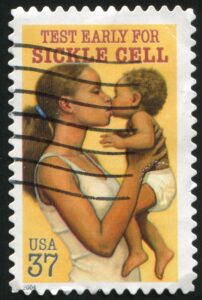
Raise Awareness
Share sickle cell anemia stories like Aisha’s, educate families, and challenge harmful myths.
Encourage Genetic testing
Early screening and diagnosis can save lives and prevent complications.
Support Healthcare Initiatives
Help spread information, resources, and access to treatments for underserved communities.
Advocate for Policy Change
Governments and organizations need to prioritize sickle cell programs where they’re needed most.
Sickle Cell and Your Family Roots—Why It Matters

In today’s multicultural world, many of us may not fully know our family’s medical heritage—and our partners may come from different ethnic backgrounds, making it even more important to understand the health conditions that can be passed on to future generations.
Sickle cell trait is often silent, and unless both parents are carriers, it may go unnoticed for decades. By taking time to learn about our roots, ask questions, and explore family health history, we empower ourselves to make informed decisions—not out of fear, but from a place of care and knowledge.
“I asked my dad where our
family came from…”
Information and education around health has changed so much over the years. Many people may not realise that genetic conditions—like sickle cell trait—can be passed down silently, without symptoms. Asking about our roots isn’t just cultural—it can be lifesaving.
If you’re planning a family and wondering about inherited conditions, there are simple, non-invasive tests that can give you valuable insights. The National Heart, Blood and Lung Institute have some great resources and fact sheets like “What is Sickle Cell Trait?”
Common Misconceptions About Sickle Cell Anemia
The Power to Share
Aisha’s story is just one of millions. No one should suffer in the shadows, and you can help bring their struggles to light. Start by sharing this story. Talk about it in your community. The more people learn about sickle cell anemia, the closer we get to a world where no one suffers alone.
Sickle cell anemia affects millions, but education and action can transform lives. If you know someone with symptoms, encourage them to get tested, seek medical care, and spread awareness in their community.
Together, we can turn suffering into strength, and stigma into support—for Aisha and the millions like her.
Subscribe for powerful insights on blood health, fatigue, and the questions you might not know to ask.
